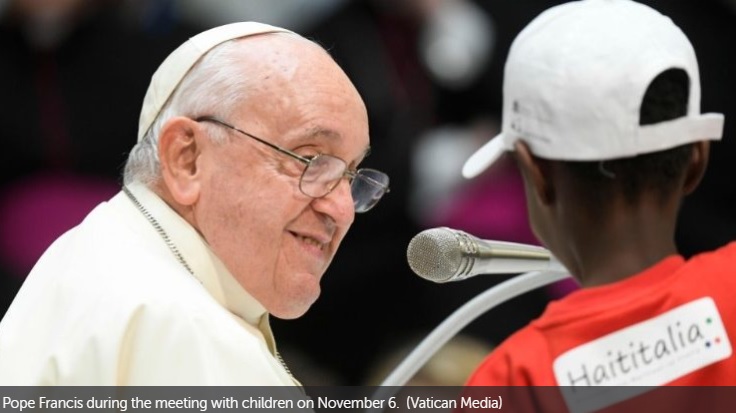New book reveals details of John Paul I’s death

ROME – A new book discloses details about the death of Pope John Paul I – who died in 1978 after just 33 days in office – and conclusive evidence that his death was the result of a heart attack, as previously thought, the CNA/EWTN News posted on its news portal on 6 Nov 2017.
In the book, called “Papa Luciani: Chronicle of a Death,” Vatican journalist Stefania Falasca presents thoroughly-researched evidence, including previously undisclosed medical reports, witness testimonies and Vatican documents, confirming original reports that the late pontiff died of a heart attack.
Albino Luciani, who was born on 17 Oct 1912 in Italy’s northern Veneto region, was elected Bishop of Rome at the age of 65. He took the name Pope John Paul to honour both of his immediate predecessors, St John XXIII and Bl Paul VI.
His term as pope was short-lived, however, as he died suddenly on 28 Sept 1978, after only 33 days in office. It has been presumed his death was caused by a heart attack, but a lack of published evidence has allowed conspiracy theories to surface, including insinuations of murder.
The book will be released Nov 7, which is said to coincide with the announcement that John Paul I’s cause for sainthood is moving forward. According to Vatican journalist Andrea Tornielli, on Nov 7 or 8 the Vatican may announce Pope Francis’ approval of the “heroic virtue” of Albino Luciani, declaring him “venerable.”
This then opens the path for his beatification, which requires the approval of a miracle attributed to his intercession. Currently, the Vatican is examining two alleged miracles from the late Pope’s intercession.
In her book, Falasca, who also serves as vice-postulator of Luciani’s cause for sainthood, outlines evidence regarding John Paul I’s death, including how the evening before his death he suffered a severe pain in his chest for about five minutes, a symptom of a heart problem.
It occurred while sitting and praying vespers in the chapel with his Irish secretary, Msgr John Magee, before dinner. The pope rejected the suggestion to call for a doctor and the pain went away without treatment. His doctor, Renato Buzzonetti, was only informed of the event after his death.
Contrary to what was first announced by the Vatican, however, it wasn’t the pope’s secretaries who first found him the next morning, but a young sister.
When the elderly Sister Vicenza, who helped care for the pope, noticed that he had not come out of his room to take his morning coffee, she knocked on his door, opening it when he didn’t answer.
She immediately came back out in a state of shock, however, and called for the younger Sister Margherita Marin. In her sworn testimony, Sr Margherita relates that entering the room she “touched his hands, they were cold, and I saw, and was struck by the fact that his nails were a little dark.”
Secretary of State Cardinal Pietro Parolin, who is from the same region as John Paul I, contributed a preface to the book. In it he explains that while serving as Patriarch of Venice in 1975, Cardinal Luciani also suffered from a heart problem and was treated with anti-coagulants appearing to resolve it.
Sr Margherita, now 76 years old, said in her testimony that John Paul I did not seem tired or weighed down by his new responsibilities, but that she always saw him “calm, serene, full of trust, confident.”
Though his papacy was very short, requests to begin John Paul I’s beatification process followed shortly after his death and came from many parts of the world. These requests were formalized in 1990, with a document signed by 226 Brazilian bishops.
On 23 Nov 2003, he was declared a Servant of God by his immediate successor, Pope John Paul II.


